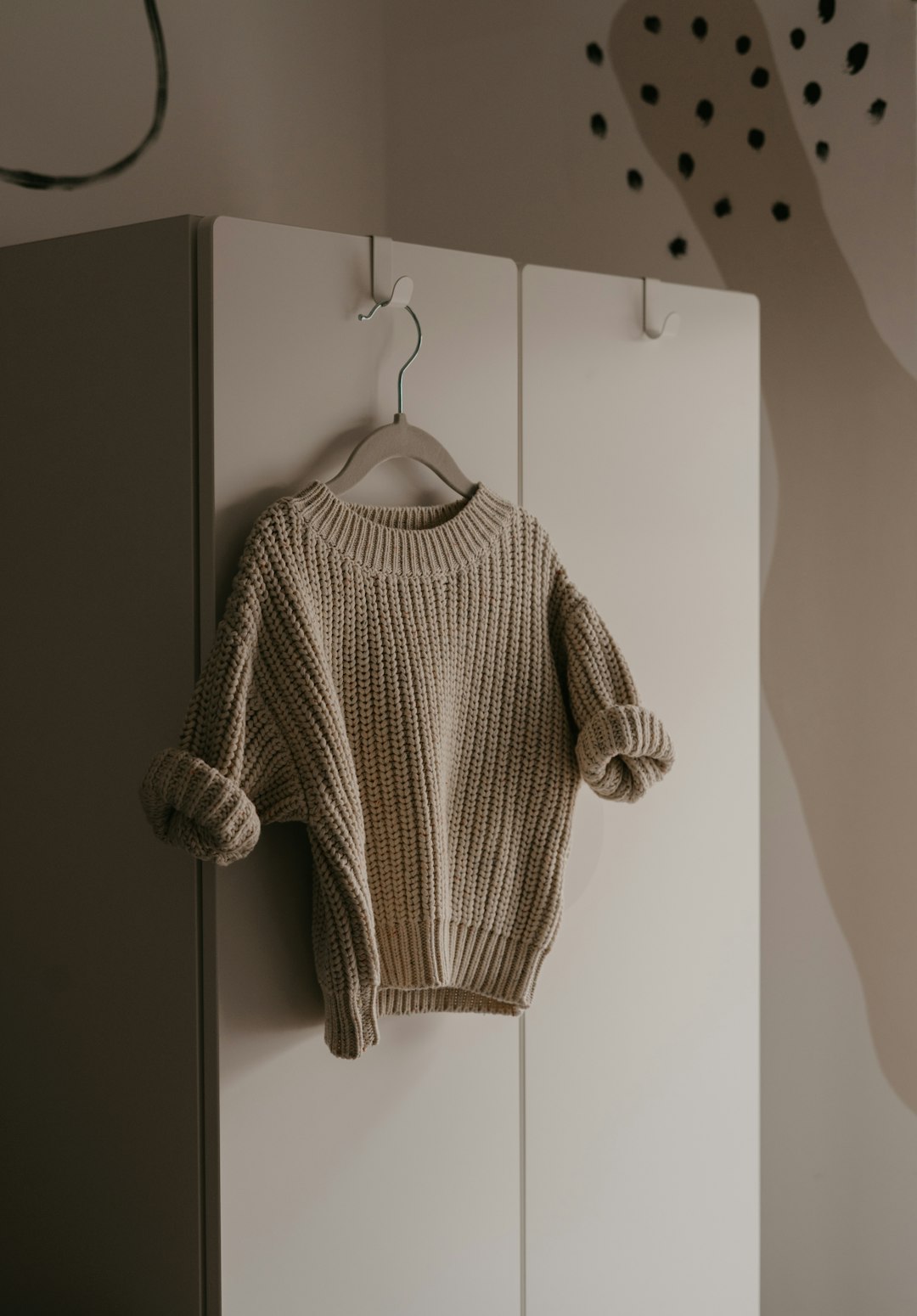A ball bearing cage is an essential component of ball bearings, which are used to reduce friction between two surfaces. They consist of a series of balls, a central shaft, and a cage that keeps the balls spaced evenly apart. The cage also prevents the balls from colliding with each other and helps them rotate more smoothly. In this article, we will take a closer look at ball bearing cages, their functions, and the different types available.
The primary purpose of a ball bearing cage is to separate the balls, reducing friction, and wear of the balls. By allowing a gap between each ball, the cage ensures that they can roll more easily. It helps to distribute the weight evenly, preventing one ball from bearing most of the weight or load. A ball bearing cage also helps to keep the balls in place, reducing the risk of them falling out of the bearing or jamming.
There are several types of ball bearing cages, each designed to suit different applications. The most common types include the ribbon cage, the crown cage, and the snap-over cage. The ribbon cage is the most widely used, known for its durability and flexibility. It is made of a strip of metal pressed into a U-shape, which creates a series of slots that the balls sit in. The ribbon cage is ideal for high-speed applications and heavy loads.
The crown cage, or window cage, is used where low friction is required. It is a solid ring with a series of round windows that allow the balls to move around. As the balls rotate around the bearing, they move from one window to another, guided by the cage. The crown cage is easy to manufacture, and its design reduces friction and overall weight.
The snap-over cage is ideal for small bearings or those with limited space. It consists of a series of tabs or prongs that snap onto the ball. The tabs are designed to keep the ball in place and prevent it from moving around. Snap-over cages are commonly used in applications that require quick assembly and disassembly.
When selecting a ball bearing cage, it is essential to consider the application, the load, and the environment. Different materials may be used for the cage, depending on the conditions and the expected lifespan of the bearing. Common materials include plastic, brass, steel, and bronze. Plastic cages are lightweight and corrosion-resistant, while brass is known for its strength and durability. Steel cages, on the other hand, are ideal for high-temperature applications.
Ball bearing cages are an important component of ball bearings, used to separate the balls and reduce friction. The cage also helps to distribute the weight evenly and keep the balls in place. Choosing the right type of cage and material depends on several factors, including the application and environment. Understanding the function of ball bearing cages and their different types can help you select the right bearing for your needs. By keeping the ball bearings’ cage in good condition, you can ensure that the bearings themselves operate at optimal levels, which, in turn, can increase the lifespan of your equipment.










